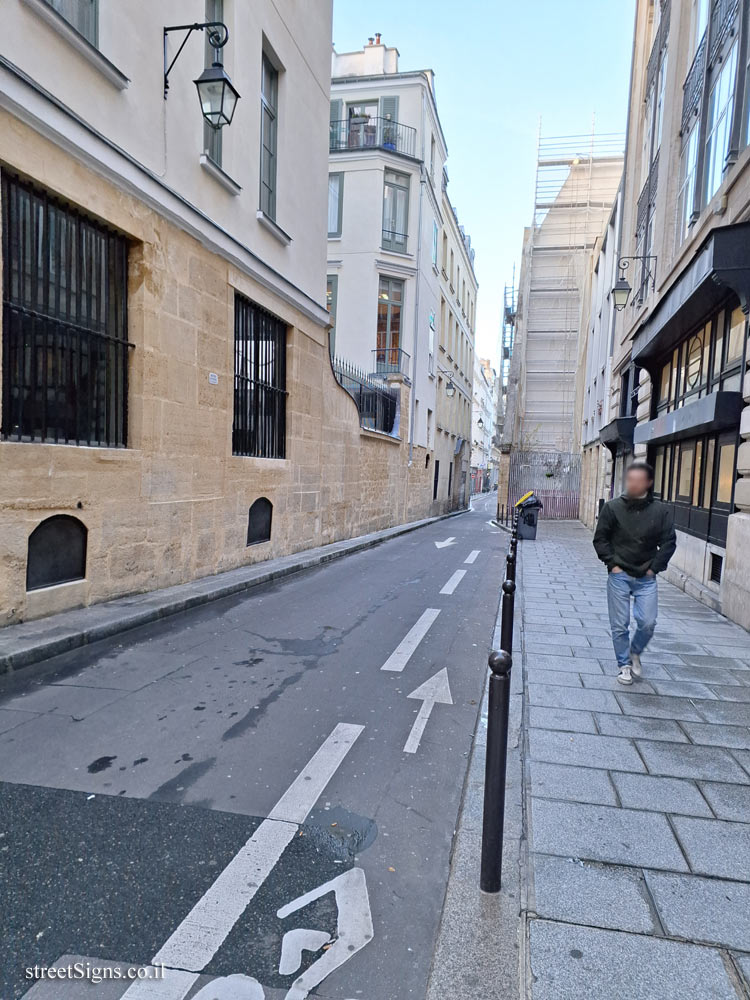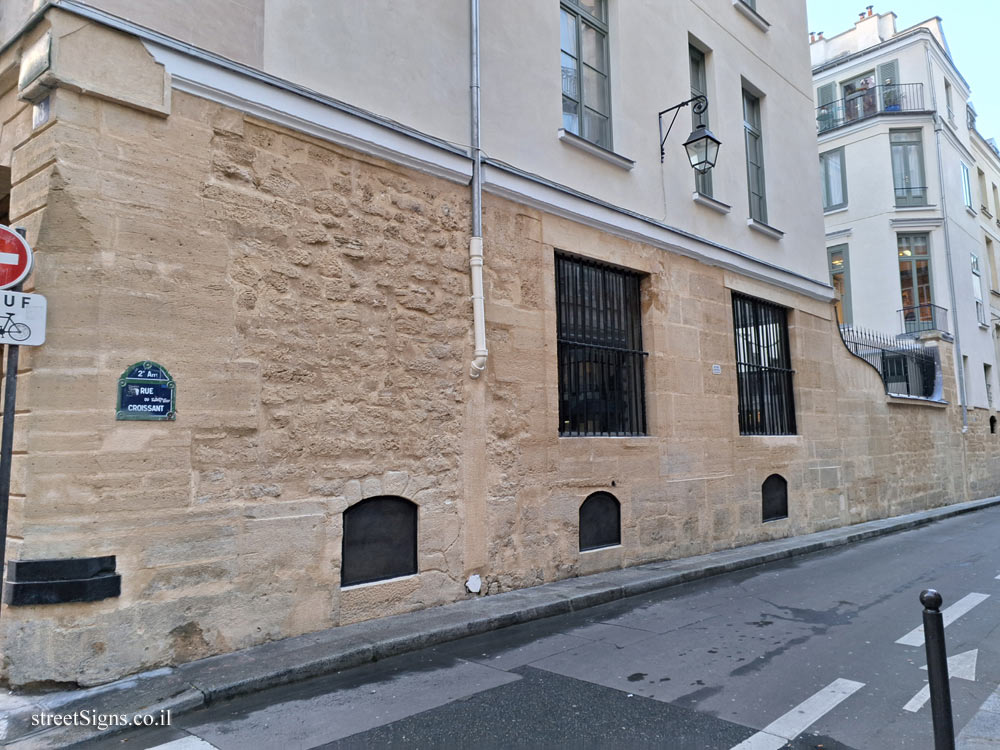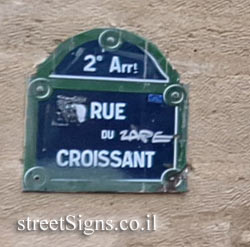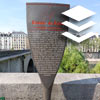
The ultimate street signs, historical sites and house numbers
 Click for a larger image
Click for a larger image  Click for a larger image
Click for a larger image  Click for a larger image
Click for a larger image  Click for all signs belonging to The History of Paris (Starck's Lollipops)
Click for all signs belonging to The History of Paris (Starck's Lollipops)
 205 Meter |
205 Meter |  254 Meter |
254 Meter |  256 Meter |
256 Meter |  297 Meter |
297 Meter |  373 Meter
373 Meter